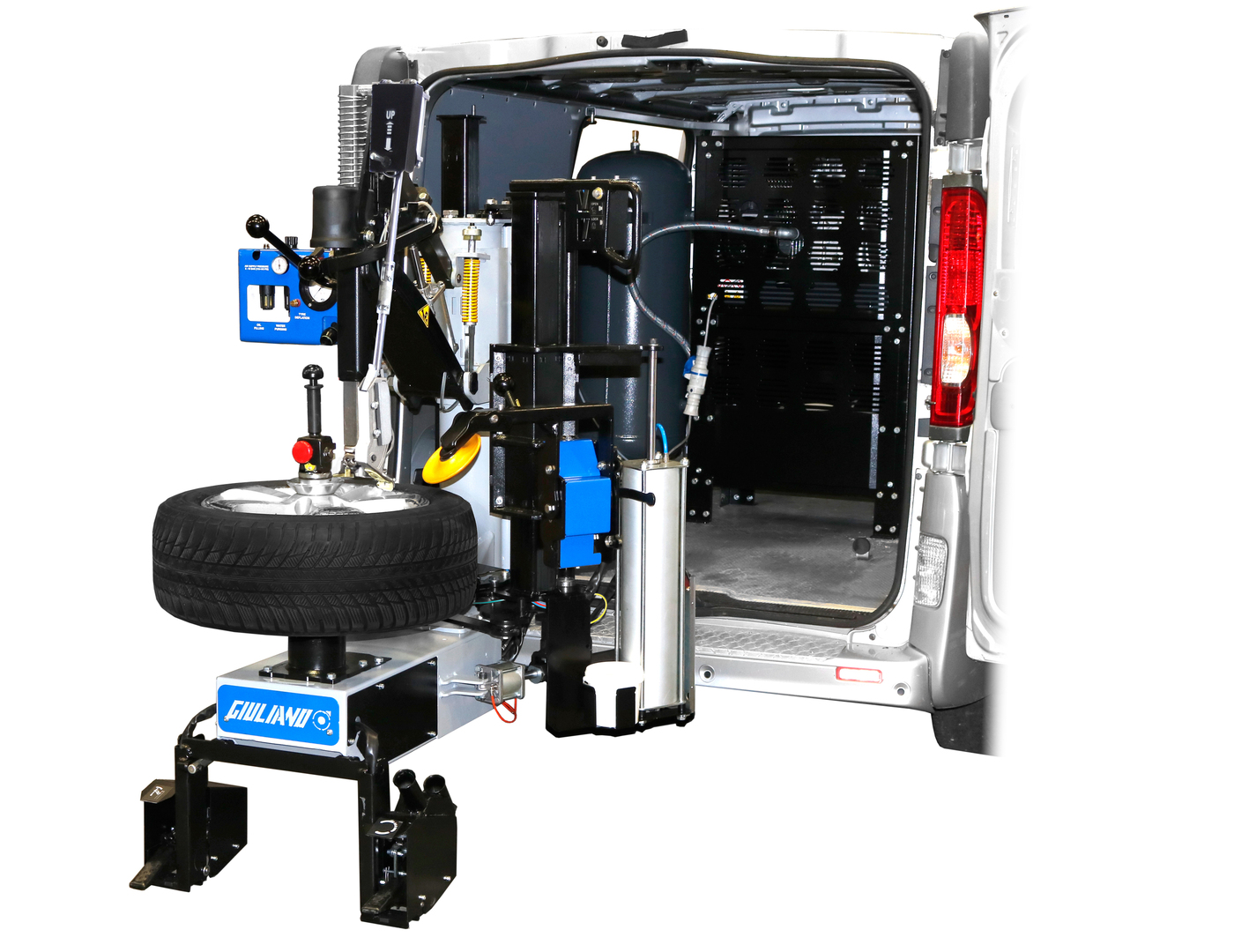Economical Mobile Tire Replacement Las Vegas - Call Now!
Economical Mobile Tire Replacement Las Vegas - Call Now!
Blog Article
Tire Solution: Proven Methods for Optimum Tire Upkeep and Care
From making certain correct tire pressure to routine turning and alignment, there are proven techniques that can significantly prolong the life expectancy of your tires and enhance general driving experience. Allow's delve right into the globe of tire solution and discover the tricks to keeping your tires in first-class form for the lengthy haul - Mobile Tire Repair Las Vegas.
Importance of Tire Stress
Proper tire pressure is an essential variable in making sure optimum vehicle performance and safety and security when driving. Keeping the advised tire stress levels offered by the maker supplies various benefits. Ample tire stress promotes far better fuel effectiveness, as under-inflated tires can lead to enhanced rolling resistance, triggering the engine to work tougher and eat even more fuel. Correct tire stress makes sure also step wear, boosting tire long life and saving cash in the long run by postponing the demand for early replacements. In addition, appropriately blew up tires add to enhanced handling and stopping capacities, essential for secure driving in different road problems. Over-inflated tires, on the other hand, can cause decreased grip and a harsher experience. On the other hand, under-inflated tires are susceptible to overheating, which can bring about crashes and blowouts. Frequently checking and readjusting tire pressure, specifically previously lengthy trips, is a straightforward yet efficient means to enhance vehicle performance, prolong tire life-span, and prioritize safety and security when driving.
Tire Turning Standards
When taking into consideration tire turning standards, it is necessary to recognize the value of this upkeep job in making the most of tire life-span and preserving optimal car performance. Tire rotation entails transforming the placement of each tire on a lorry to ensure also walk wear. Front tires have a tendency to wear quicker than back tires due to guiding pressures, making routine rotation essential for well balanced wear patterns. The advised turning pattern varies depending on whether a car is front-wheel, rear-wheel, all-wheel, or 4x4. Commonly, tires need to be revolved every 5,000 to 7,500 miles, or as suggested in the car handbook. Neglecting tire turning can lead to unequal wear, influencing handling, grip, and possibly compromising automobile security. By sticking to appropriate rotation standards, chauffeurs can prolong the life of their tires, improve gas effectiveness, and enhance general driving experience. Normal rotation is a simple yet reliable upkeep method that adds substantially to tire longevity and car performance.

Benefits of Wheel Alignment
Guaranteeing correct wheel placement after tire rotation is critical for maintaining well balanced wear patterns and maximizing vehicle performance. In addition, correct wheel placement aids to extend the life expectancy of your tires. Misaligned wheels can create uneven tire wear, leading to premature tire replacement and boosted upkeep costs.

Tire Footstep Depth Inspect
Performing a normal evaluation of tire step depth is essential for preserving safe driving conditions and lengthening the life-span of your tires. The walk on your tires plays an important duty in offering grip, specifically in slippery or damp problems. To inspect your tire walk deepness, you can make use of a tread depth scale or the penny examination. The recommended walk deepness goes to least 2/32 of an inch. If the tread deepness is listed below this limit, click here to read it is time to replace your tires to guarantee optimal performance and safety and security when traveling. Unequal walk wear can show concerns with tire stress, positioning, or suspension, highlighting the significance of routine tread depth checks. Overlooking to keep track of and preserve appropriate step depth can result in decreased hold, longer braking distances, and an increased risk of hydroplaning. By incorporating tire tread depth checks right into your regular upkeep routine, you can drive with confidence recognizing that your tires remain in leading condition.
Seasonal Tire Assessment
Seasonal tire examination is a basic facet of tire upkeep that makes sure tires are all set to encounter the difficulties presented by various weather condition conditions. In preparation for winter season, it is vital to inspect the tire pressure on a regular basis as cool temperature levels can trigger tire stress to go down. By conducting routine seasonal tire assessments, motorists can extend tire life expectancy, enhance fuel efficiency, and most importantly, make sure a safe and secure driving experience in varying weather condition conditions.
Verdict
Finally, preserving appropriate tire pressure, turning tires routinely, straightening wheels properly, keeping an eye on tread depth, and carrying out seasonal inspections are crucial these details methods for optimal tire treatment. By complying with these verified methods, vehicle drivers find more info can ensure their tires last much longer, carry out much better, and contribute to total car safety and security. It is very important to focus on tire upkeep to protect against accidents, enhance gas efficiency, and extend the lifespan of tires.
Adequate tire pressure advertises far better fuel effectiveness, as under-inflated tires can lead to enhanced rolling resistance, causing the engine to work tougher and eat more fuel.When taking into consideration tire rotation standards, it is essential to understand the significance of this upkeep task in maximizing tire life expectancy and preserving optimum vehicle efficiency. Seasonal tire assessment is a basic facet of tire upkeep that makes certain tires are ready to deal with the challenges posed by different weather conditions. By conducting routine seasonal tire assessments, vehicle drivers can lengthen tire life-span, improve fuel effectiveness, and most importantly, ensure a secure driving experience in differing climate problems.
In verdict, maintaining proper tire stress, revolving tires consistently, straightening wheels properly, monitoring tread deepness, and carrying out seasonal evaluations are important practices for ideal tire care.
Report this page